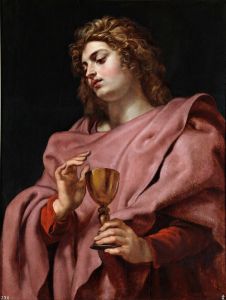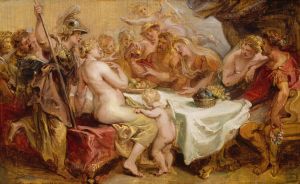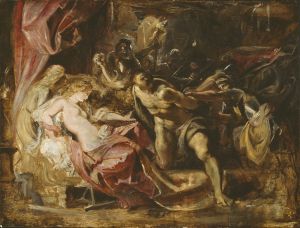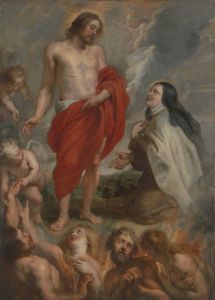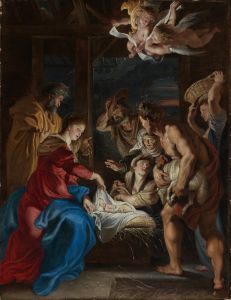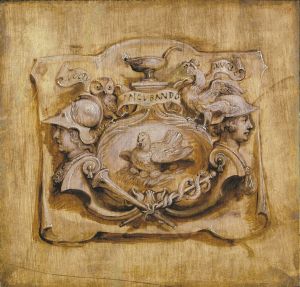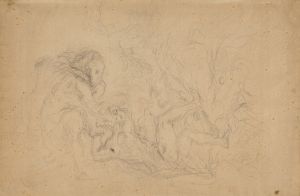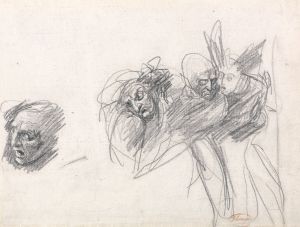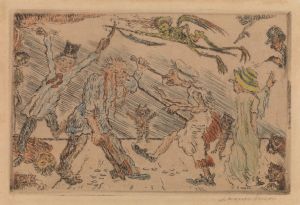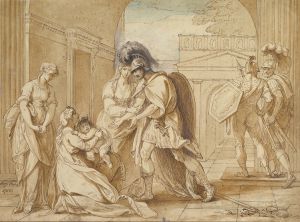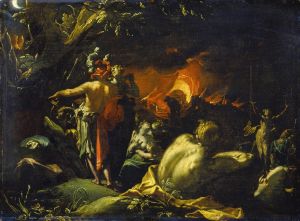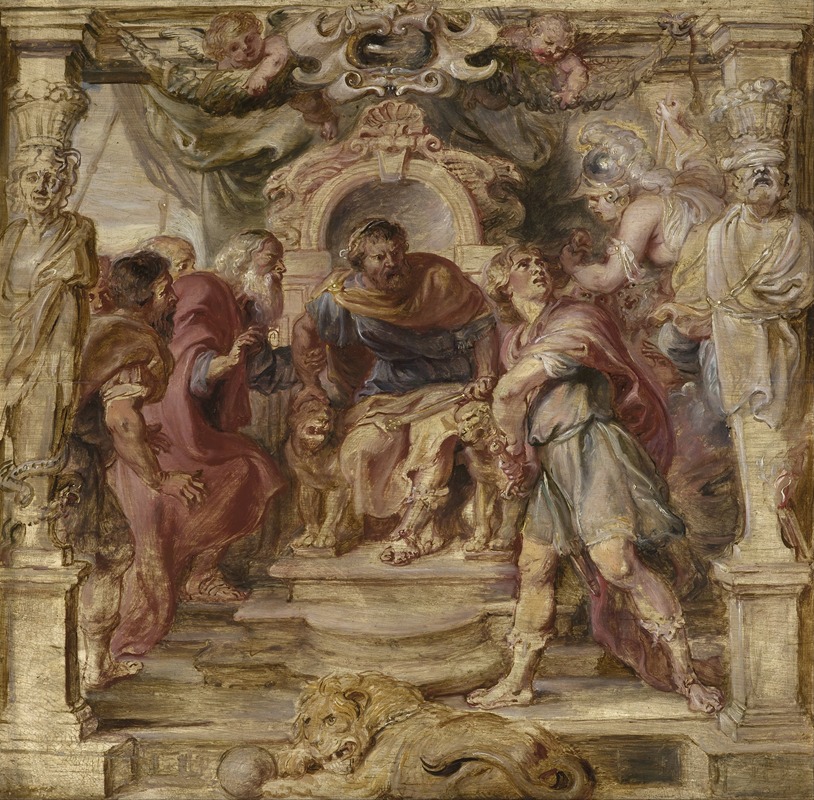
The Wrath of Achilles
A hand-painted replica of Peter Paul Rubens’s masterpiece The Wrath of Achilles, meticulously crafted by professional artists to capture the true essence of the original. Each piece is created with museum-quality canvas and rare mineral pigments, carefully painted by experienced artists with delicate brushstrokes and rich, layered colors to perfectly recreate the texture of the original artwork. Unlike machine-printed reproductions, this hand-painted version brings the painting to life, infused with the artist’s emotions and skill in every stroke. Whether for personal collection or home decoration, it instantly elevates the artistic atmosphere of any space.
Peter Paul Rubens, a prominent Flemish Baroque painter, is widely celebrated for his dynamic compositions and masterful use of color and movement. Among his extensive body of work is The Wrath of Achilles, a painting that exemplifies his ability to depict dramatic scenes from classical mythology with emotional intensity and vivid detail.
The Wrath of Achilles illustrates a pivotal moment from Homer’s Iliad, an epic poem that recounts the events of the Trojan War. The painting portrays the conflict between Achilles, the greatest warrior of the Greek forces, and Agamemnon, the leader of the Greek army. This quarrel arises when Agamemnon seizes Briseis, a woman given to Achilles as a war prize, leading to Achilles’ withdrawal from battle in anger. Rubens captures the tension and emotional turmoil of this episode, emphasizing the human drama at the heart of the mythological narrative.
The composition of the painting reflects Rubens’ characteristic style, with dynamic poses, expressive gestures, and a strong sense of movement. The figures are rendered with muscular forms and dramatic contrasts of light and shadow, heightening the emotional impact of the scene. Rubens’ use of rich, warm colors further enhances the intensity of the moment, drawing the viewer into the story.
While the exact date of the painting’s creation is not definitively known, it is believed to have been produced during Rubens’ mature period, when he was at the height of his artistic powers. This period was marked by his engagement with classical themes and his ability to translate complex literary sources into compelling visual narratives.
The painting is part of Rubens’ broader exploration of themes from antiquity, reflecting his deep knowledge of classical literature and his ability to bring these stories to life through his art. His works often served as a bridge between the intellectual traditions of the Renaissance and the emotional expressiveness of the Baroque period.
Today, The Wrath of Achilles is recognized as a significant example of Rubens’ mythological works. It demonstrates his mastery in conveying both the physicality and the psychological depth of his subjects, solidifying his reputation as one of the most important painters of the Baroque era. The painting is housed in the Museum of Fine Arts in Boston, where it continues to be admired for its artistic and historical significance.





